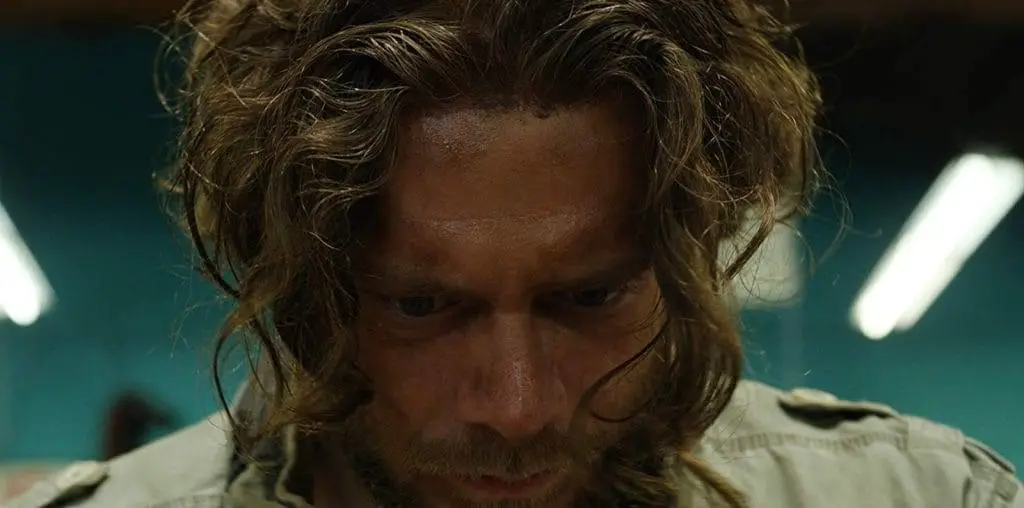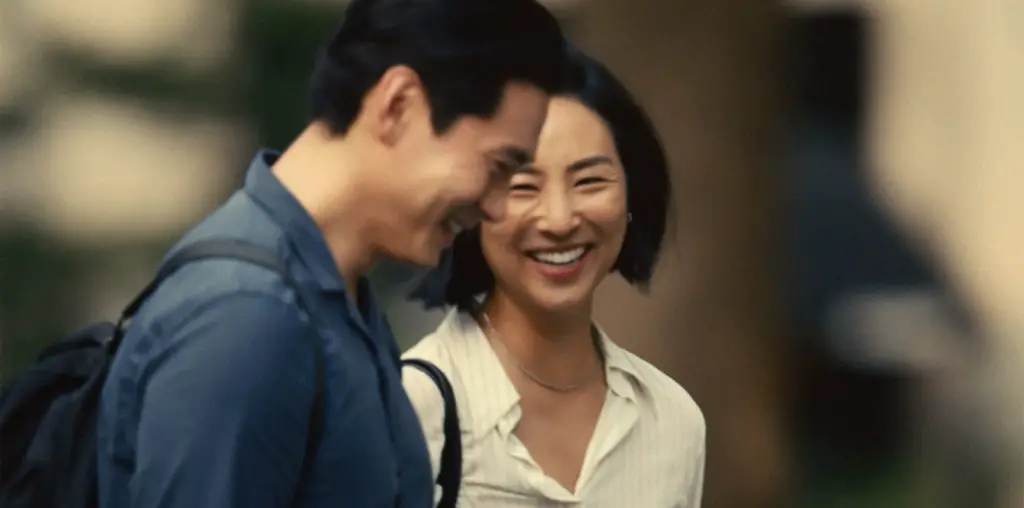
Sam Wells has a unique way of telling the story of Joan of Arc, or perhaps, not telling the story at all. His new film, “Wired Angel” has a distinct avant-garde sensibility. There’s not much of a narrative structure here, nor a single line of dialogue. Joan’s infamous trial is only hinted at through abstraction. “Wired Angel” is a feature-length experimental picture shot on 16mm Black and White Tri-X Reversal Film, one of the lowest end film stocks, while the sound is state-of-the-art, created and mixed digitally. As the final product, “Wired Angel” is projected on the big screen in 16mm with Digital Surround Sound rather than an optical track, something rather unusual, yet remarkable.
From its first images, “Wired Angel” is a film which successfully stirs the senses, both with the eerie audio, and the compelling visual. The digital soundtrack, designed in coordination with Oscar-winning composer Joe Renzetti (“The Buddy Holly Story”), is an electronic montage of medieval words and chants, mixing the voices of women and children, yet consistently abstract. Visually, Wells choose Tri-X because of its high contrast, creating an affective Chiaroscuro canvas. Although “Wired Angel” is based on Joan of Arc, the setting has been updated to a bleak Industrial landscape, a world of dark tunnels and blowing smoke, something like a series of charcoal drawings drenched in silver. The steep cinematic contrast between light and dark sets a certain mood and tone for the film’s attempted religious metaphors.
Caroline Ruttle plays Joan. Unlike the transcendental film versions of Bresson and Dreyer, Wells’ Joan is not a character. She is an object. There are no close-ups of running tears or angered speeches to be found in this film. Joan is like a statue. She walks like a zombie. Sam Wells seems to be attracted to the classical and the historic, meshing it all together with his own strange palette. In 1990, he made a short entitled “The Talking Rain” based on the myth of Orpheus, which also featured Caroline Ruttle.
One of the sad things about this film is how it is so interesting technically, and then suffers from too much self-indulgence, too much footage, and not enough editing. For its first third, “Wired Angel” is a compelling hypnotic experience, and then it collapses into a pit of its own pretentious wallow. The film looses it track, images appear to recycle themselves, and the facial expression of the actors is that of boredom, like they’ve been doing the director a favor by appearing in his film, but they’ve had enough.


Hello! Not sure if this will reach you, but I’ve been trying to track down Wired Angel (1999) for months. Read a review of it on this website, and I was wondering if anyone knows if the movie still exists, or where one might find a copy of it?